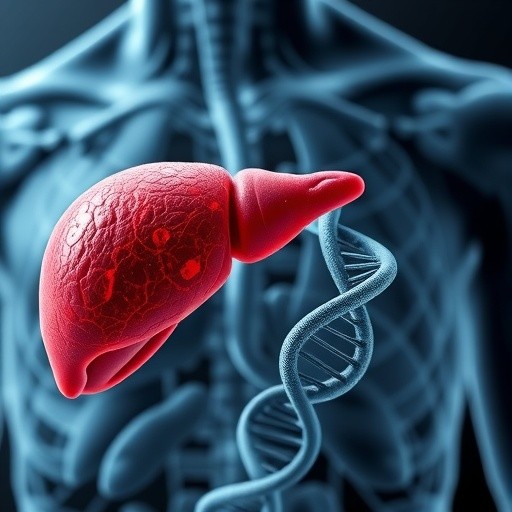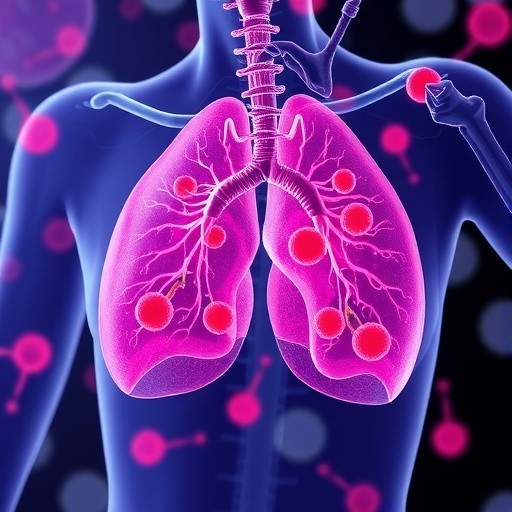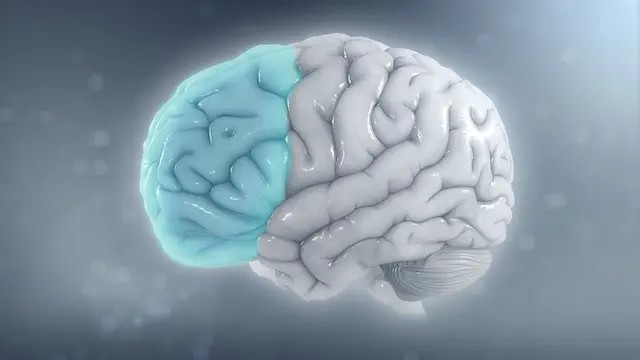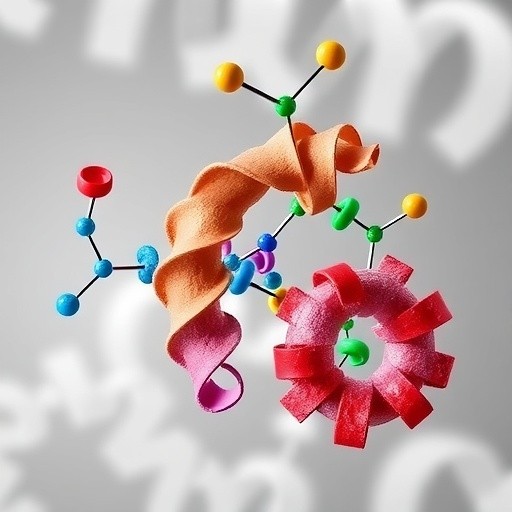Machine Learning Distinguishes Between Abdominal IgA Vasculitis and Appendicitis
In a groundbreaking fusion of pediatric medicine and artificial intelligence, researchers Harijith and Pallavoor have developed a cutting-edge machine learning approach that could transform how physicians diagnose complex abdominal conditions in children. Their study, published in Pediatric Research, introduces a powerful computational model capable of distinguishing abdominal Immunoglobulin A (IgA) vasculitis without purpura from appendicitis—two disorders that often appear clinically similar but require drastically different treatments.
Abdominal IgA vasculitis, a form of small-vessel inflammation, is typically recognized by its purpuric rash. However, when this signature rash is absent, the condition can easily be mistaken for acute appendicitis—a diagnosis that often leads to unnecessary surgery. Since IgA vasculitis is usually treated medically, accurate differentiation between the two is critical for preventing avoidable procedures and ensuring optimal care. To tackle this challenge, the researchers harnessed advanced machine learning algorithms to uncover hidden clinical and biochemical patterns that are often imperceptible to even experienced clinicians.

Figure 1. Abdominal IgA Vasculitis and Appendicitis.
Drawing from data collected across multiple pediatric centers, the team compiled a comprehensive dataset that included patients’ clinical presentations, laboratory results, imaging findings, and demographic profiles. Through meticulous data preprocessing, they ensured the information was standardized and reliable before feeding it into the models. These models were then trained to detect subtle distinctions between abdominal IgA vasculitis without purpura and appendicitis—conditions that often share symptoms such as abdominal pain, nausea, vomiting, and elevated inflammatory markers. Figure 1 shows abdominal IGA vasculitis and appendicitis.
The study’s core innovation lies in its use of ensemble learning—combining multiple algorithms, including gradient boosting machines, random forests, and deep neural networks—to achieve superior diagnostic accuracy. To ensure reliability, the researchers employed rigorous cross-validation and independent cohort testing, minimizing the risk of overfitting and enhancing the model’s generalizability across diverse clinical environments.
The results were striking. The machine learning models significantly outperformed conventional diagnostic criteria, identifying nuanced biomarker combinations and temporal symptom patterns previously overlooked in clinical practice. These novel insights not only refine diagnostic precision but also deepen understanding of the underlying pathophysiology of IgA vasculitis.
A key implication of this breakthrough is its potential to reduce unnecessary appendectomies in children. Misdiagnosed cases of IgA vasculitis often result in unneeded surgeries, exposing young patients to avoidable risks and straining healthcare resources. By integrating AI-driven diagnostics into hospital workflows, clinicians could make faster, evidence-based decisions that improve patient safety and reduce costs.
The researchers also tackled major challenges inherent to medical AI, including handling missing data, addressing class imbalances, and ensuring transparency in model outputs [1]. They emphasized the importance of interpretability—developing visualization tools that translate complex algorithmic predictions into clinician-friendly formats to build trust and facilitate adoption in real-world settings.
Beyond its immediate clinical application, this study sets a precedent for using artificial intelligence to untangle diagnostically ambiguous conditions. It exemplifies how computational models can augment human expertise, reduce diagnostic uncertainty, and propel precision medicine into routine care.
Looking ahead, Harijith and Pallavoor plan to validate their model in prospective clinical trials to assess its impact on real-world decision-making and patient outcomes. They envision integrating the system into electronic health record platforms, enabling real-time diagnostic support and personalized treatment recommendations for pediatric patients.
The study also thoughtfully addresses the ethical dimensions of AI in healthcare, stressing the importance of patient data protection, algorithmic fairness, and collaborative oversight among clinicians, data scientists, and ethicists.
Ultimately, this pioneering research represents a major stride toward a future where artificial intelligence amplifies clinical judgment, reduces invasive interventions, and delivers more accurate and compassionate care for children. By bridging medical insight with computational power, Harijith and Pallavoor’s work lays the foundation for a new era of AI-assisted pediatric diagnostics—one where precision, safety, and empathy converge to transform outcomes.
References
- https://bioengineer.org/machine-learning-differentiates-abdominal-iga-vasculitis-appendicitis/
Cite this article:
Keerthana S (2025), Machine Learning Distinguishes Between Abdominal IgA Vasculitis and Appendicitis, AnaTechMaz, pp.519















